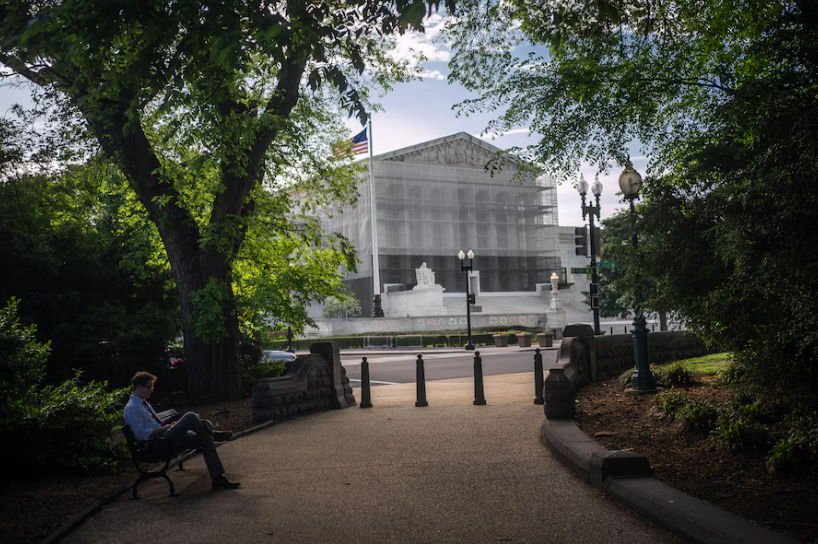Supreme Court Rules Totality of Circumstances Must Be Considered in Police Use of Force Cases
The U.S. Supreme Court unanimously determined that, when evaluating whether a police shooting is justified, courts must consider the entire context and all relevant circumstances—not just the moments immediately before the officer fired. This ruling comes in a case involving the fatal shooting of a Black man in Texas.
This broader standard is expected to make it easier for victims to prove claims of excessive force in court.
The Court revived a lawsuit filed by the mother of Ashtian Barnes, 24, who alleged that Harris County officer Roberto Felix Jr. used excessive force during a traffic stop for toll violations in Houston. Felix fired shots at Barnes when he attempted to drive away after being pulled over—an incident captured on dashboard camera. Barnes was fatally wounded but managed to stop the vehicle; two seconds elapsed from Felix stepping on the doorsill to firing the first shot.
Previously, the U.S. Court of Appeals for the 5th Circuit upheld a lower court’s decision in favor of Felix, applying a “moment of threat” standard which assesses whether an officer was in danger at the precise moment force was used. The Supreme Court, however, clarified that courts must consider all circumstances leading up to the incident to determine reasonableness, including prior events and actions.
Justice Elena Kagan explained that evaluating whether an officer’s use of force was reasonable requires looking at the full context, not just the immediate threat. The ruling emphasizes that officers can be held liable if deadly force is used without a reasonable belief of imminent danger.
This decision aligns with standards used by some federal circuits, which consider the entire incident, as opposed to the narrower “moment of threat” approach used by others. The Court’s ruling may influence future cases and clarify legal standards for police conduct.
The decision was announced on Peace Officers Memorial Day, a time to honor fallen officers, though there is no indication it was timed to coincide with the day’s events.




